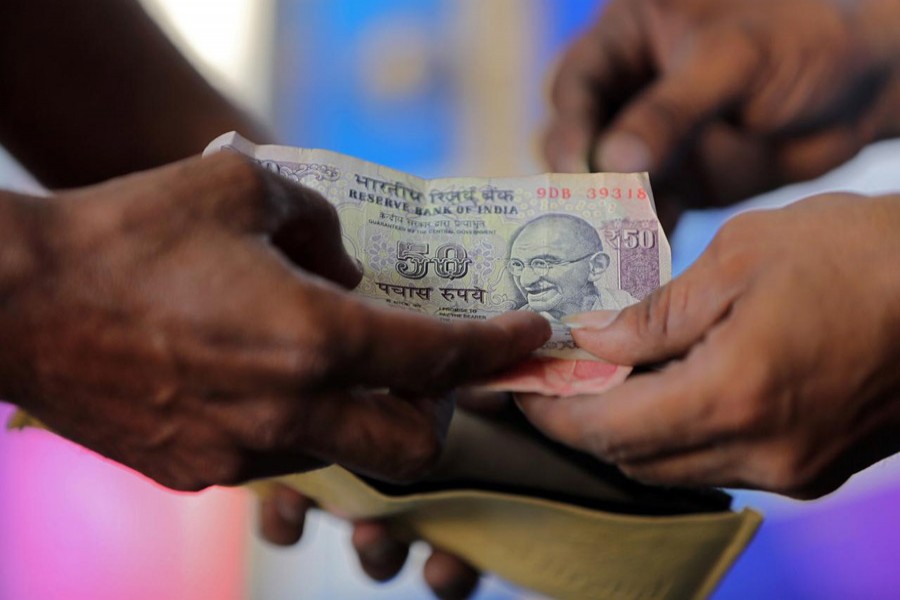India’s current account deficit (CAD) narrowed to 2.0 per cent of gross domestic product in the June quarter of the fiscal year ending March 2020 from 2.3 per cent in the same period a year ago due to higher invisible receipts, the central bank said.
On a quarterly basis, however, the CAD widened sharply from 0.7 per cent of GDP seen in the March quarter.
CAD, a key indicator of economic health, measures the difference between the values of a country’s imported and exported goods and services.
“Though the statistics look good, it doesn’t reflect any fundamental strength. CAD is capped because imports have fallen at a faster pace than exports due to weak manufacturing activity,” said Rupa Rege Nitsure, chief economist at L&T Financial Services.
Trade deficit INTRD=ECI in August narrowed to $13.45 billion from $17.92 billion, trade ministry data earlier this month showed.
The country’s merchandise trade gap INTRDQ=ECI widened slightly to $46.2 billion from $45.8 billion, the Reserve Bank of India (RBI) said.
The current account deficit INCURA=ECI stood at $14.3 billion in the June quarter versus $15.8 billion a year ago.
Higher invisible receipts, including earnings through services like travel, financial, telecommunications, rose $31.9 billion versus $29.9 billion a year ago, Reuters reports.
Balance of payments INBOP=ECI, the difference between current account and capital account, stood at a surplus of $14 billion in the June quarter compared to a deficit of $11.3 billion a year ago, data showed.
The RBI said the net inflows on account of external commercial borrowings stood at $ 6.3 billion versus an outflow of $1.5 billion.
Private transfer receipts, mainly representing remittances by Indians employed overseas, also rose to $19.9 billion, up 6.2 per cent from a year ago, RBI data showed.
“The Q1 capital flows may have been the high watermark given that sentiment has turned weak ever since July. For the full year we continue to expect CAD to be just below 2% of GDP and capital flows at 2.6% of GDP,” said A. Prasanna, chief economist at ICICI Securities Primary Dealership.


